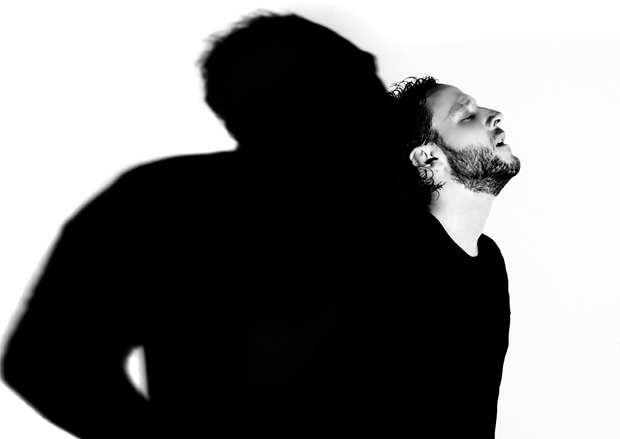
© Marcos G Punto. (Click image for larger version)
Flamenco Festival London is held at Sadler’s Wells and runs through until 26 February 2017. Full Details.
Manuel Liñán will be very busy during this year’s Flamenco Festival London. He is directing the annual Gala Flamenca (23-25 February), which will be an all-new show, and also his company (Cía Manuel Liñán) will close the Festival, as it did, two years’ ago (with Nomada); this time with his new show Reversible (26 February – one performance only). It is a show that continues his challenge of gender stereotypes in flamenco; through an emotional journey that evokes aspects of Liñán’s childhood.
Graham Watts travelled to Madrid to watch Liñán perform in a tablao at the famous restaurant of Corral de la Moreria, and for a pre-show interview (with translation support from Isabel Aranda and Fabiana Jaramillo) about his forthcoming trip to London and to look at the importance of the tablao in flamenco. Tablaos are typically hour-long, non-narrative performances or concerts (usually given more than once per night) in intimate settings (often a restaurant) on small-scale stages.
GW: In all forms of dance, the classical form appears to be dying because it is harder to attract younger audiences. How true is this of flamenco?
ML: There is an understandable feeling that flamenco is not oriented towards young people, especially here in Spain. But, it is also true that there is a current group of performers who are experimenting and doing new things in a growing trend towards the avant garde in flamenco. It is helped by the fact that, nowadays, flamenco is more international.

© Marcos G Punto. (Click image for larger version)
The two directions, which we might describe in shorthand as flamenco puro (traditional) and flamenco nuevo (modern), will, I believe, continue to move apart as different strands of the art form. Personally, I think that they have always existed, although perhaps in a smaller dimension.
I like to think that I am straddling the two strands. I am trying to innovate but always from within the traditional roots of flamenco.
Can you describe your artistic journey from Nomada to Reversible? What are you aiming to achieve?
Reversible is my fourth work with my own company (after Tauro, Sinergia and Nomada). Nomada was a fairly conventional, theatrical flamenco show with a twist in the tail as I perform as a woman with a mantón (fringed shawl) and bata de cola (flamenco dress with a long train) in the finale.
Flamenco Festival – Cía Manuel Liñán from Sadler's Wells on Vimeo.
In Reversible, I want to reclaim the freedom and honesty that we have as children but then lose as we become adults. I express this through childhood games that are particularly aimed either at girls or boys. But, I reverse the play!
I like to break the rules. I like to do things whenever tradition says it should not be done like that. I want to enjoy my dancing and – for me – that means experimenting. But, above all, I must always enjoy what I am doing.
How important is the Tablao?
It is crucial to keep both sides; by that, I mean both theatrical shows and the intimacy of the tablao. They are very different but they are no less important than one another.
In tablao, the audience is very close to the performer and you can feel their energy and feed from it. But, it is even more important to feed off the energy of the other performers – the guitar players, singers, other dancers and the percussionists.
In the tablao, we are building something from scratch. We will know what is going to happen in terms of the structure of the performance but every moment is different. We have to create, often collaboratively, in the moment. A tablao is, above all else, a mutual improvisation.
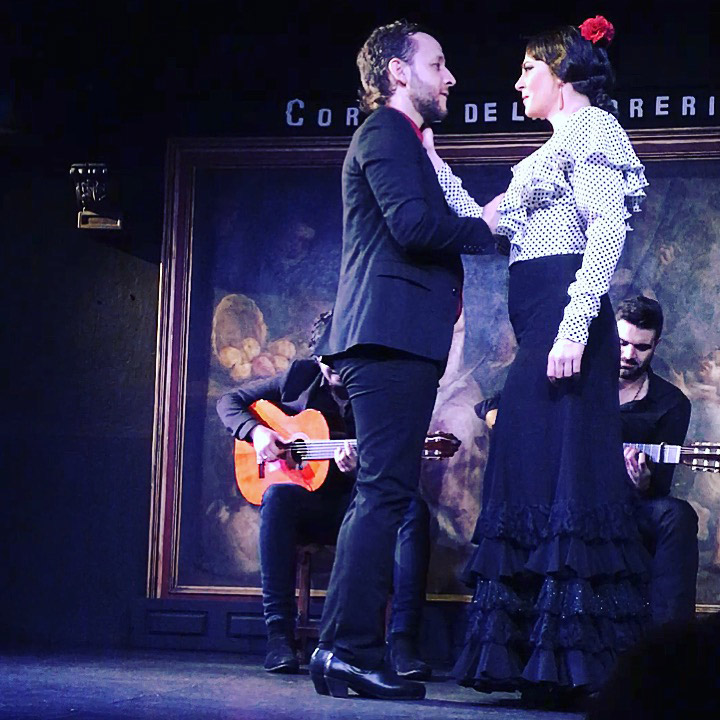
© Graham Watts. (Click image for larger version)
In Spanish there is the expression, tener tablas (literally “to hold the tablas”) that is used to signify someone, in any walk of life, with a maturity of experience. Gaining this experience from the tablao is essential to enable a flamenco performer to develop their art for the theatre.
Is the tablao experience essential for every flamenco dancer? If it is not a regular ritual – like a class in ballet – do dancers lose something?
Yes. For me, it is vital for the emotions as much as the technique. What you feel in the tablao, you cannot learn in school. For example, how you can communicate intuitively with the musicians to do things spontaneously, without planning. How to achieve this mutual understanding – being on the same wavelength as the other performers – is the very essence of flamenco. And, it comes only from the tablao.
You are closing London’s Flamenco Festival for the second time in three years. Do you feel this as a big responsibility?
I’m very happy to have this responsibility and it is a great joy to be coming back to London. It is a palpable responsibility because the first time was a novelty; but now, coming back, the audience will have more expectations. I have to be even better than before
I am also directing this year’s Gala Flamenca. It will be a gala with very different artists and so the idea is all about contrasts. I have themed it on the Café Cantante, which is often referred to as the golden age of flamenco; essentially between the end of the nineteenth century and the 1920s, when it becomes a more professional form of staged entertainment; where it finds a place – like the tablao – having been taken from the gypsy traditions of dancing in the street.






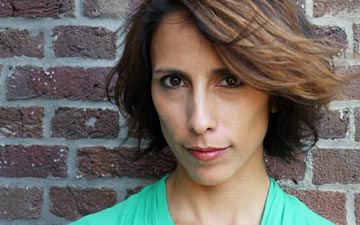
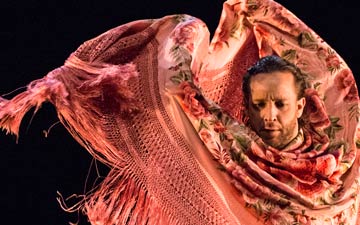
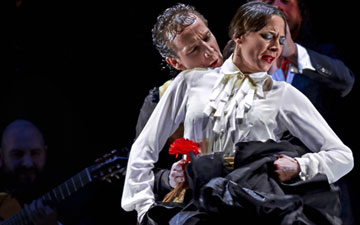

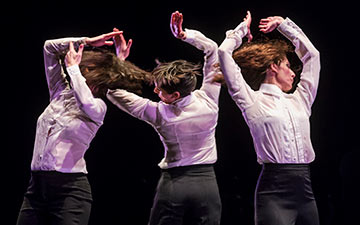

You must be logged in to post a comment.